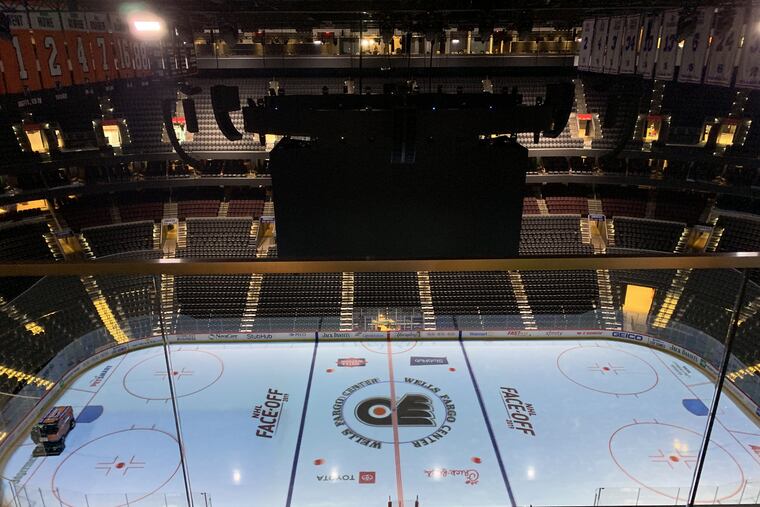Flyers’ overall attendance is not at capacity, but new area at Wells Fargo Center has become popular with fans — especially millennials
The Assembly Room, a new 23,000-square-foot section at the arena, has one of the NHL’s lowest ticket prices — $25.
